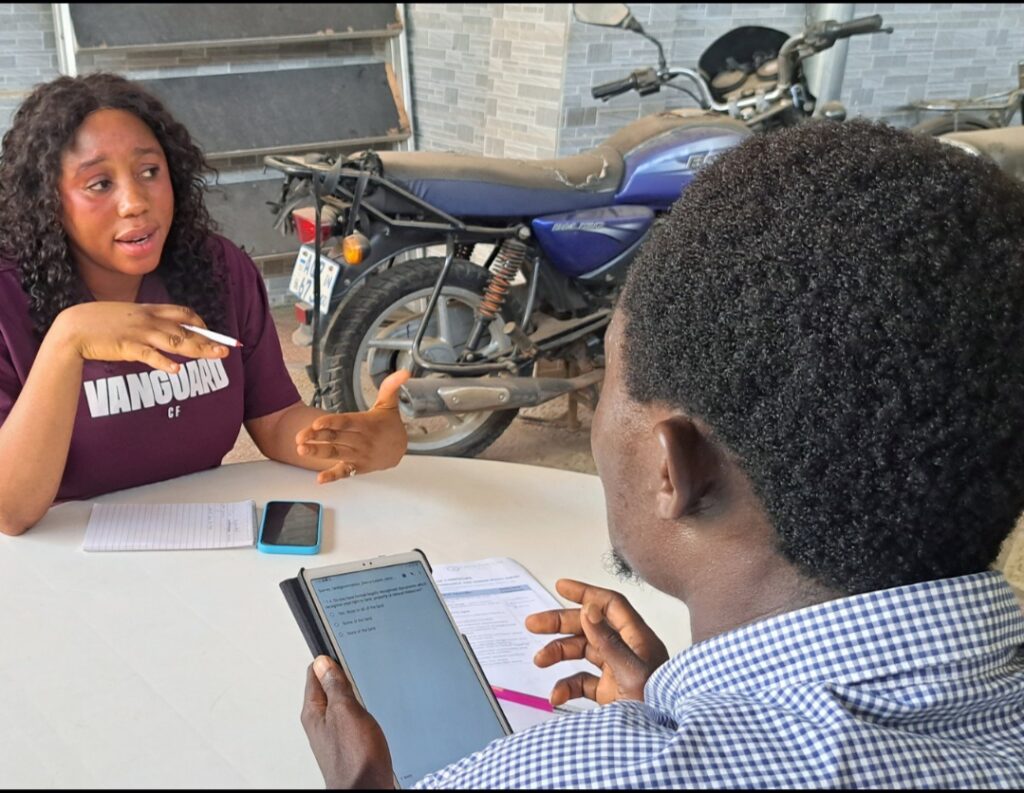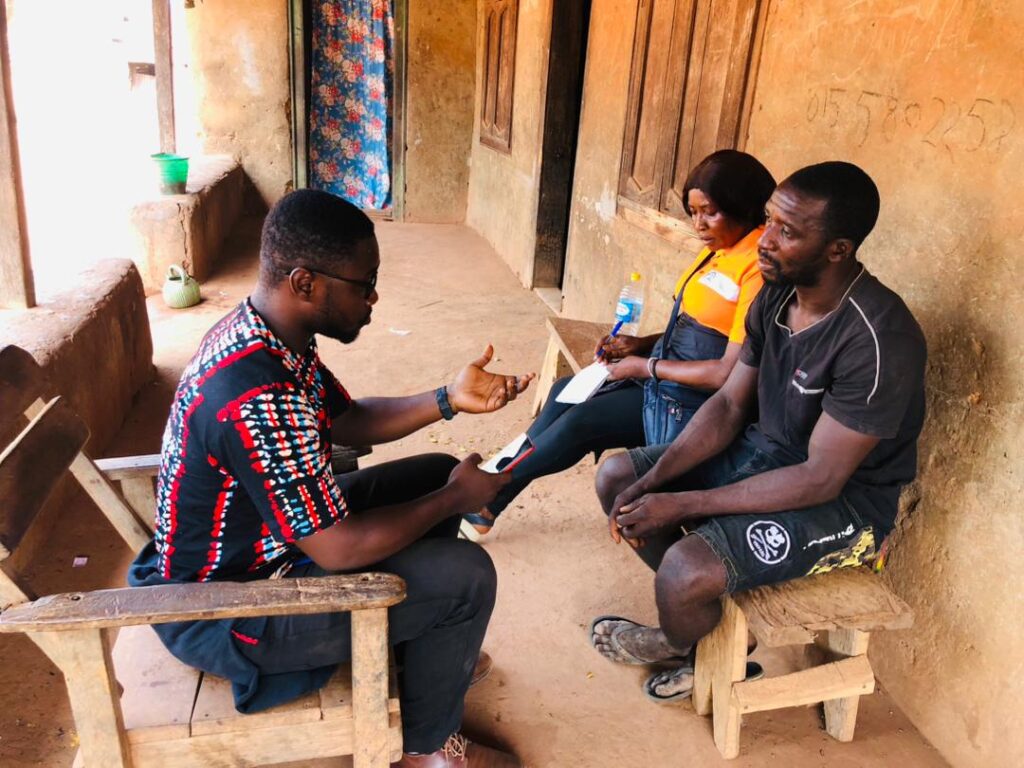HUMAN RIGHTS 4 LAND SURVEY SEEKS TO STRENGTHEN ADVOCACY FOR LAND AND HUMAN RIGHTS IN SIERRA LEONE.

The significance of land in Sierra Leone and the World at large cannot be overstated. For a country of around 7 million people and a geographic size of 71,740 km2 (27,699 sq mi), many Sierra Leoneans may have benefitted from the territory’s natural riches, while others may have lost their human rights and dignity as a result of those resources.
Following the 11-year civil war, the country had a massive influx of international companies seeking to acquire land for mining, agriculture, and other economic activities. These acquisition activities occurred mostly in rural areas, where there are thousands of hectares of land for mining, agriculture and other activities. These acquisition practices posed a severe danger to the food security and health status of rural residents who had handed over their land to investors for various types of investment. Many have not been able to reclaim their land since the investors’ actions were protected by CAP 122 of the Protectorate Land Ordinance of 1927, which placed the land in the hands of Traditional Authorities as guardians rather than landowners, which resulted in an increase in conflict over land between investor and landowners
Over the years, the government has sought methods to overcome inconsistencies in rural land acquisition. To restore sanity to the country’s land governance sector, the Voluntary Guidelines on the Responsible Governance of Tenure of Land, Fisheries, and Forests, popularly known as the (VGGT) was launched with the support of international institutions such as UN-FAO and civil society organizations in Sierra Leone and subsequently followed by a National Land Policy and the Customary Land Rights and National Land Commission Acts in 2022.
To get data on the land and human rights context at the local level, 12 enumerators were recruited to cover six (6) districts of Sierra Leone: Bo and Pujehun in the Southern Region; Tonkolili and Koinadugu, in the northern region; Kono, in the eastern region; and Port Loko in the north-west region. Each of these enumerated districts has a record of how land acquisition processes have affected people and depleted the environment.
On the 9th of March, the enumeration process started after a fruitful discussion with key district stakeholders in the enumerated districts. The data collection process will continue until the end of April 2024. During this period, different sets of people like widows, People living with special abilities, older men and women and youth will be interviewed to get their opinions and experiences on the state of land and human rights in their areas. The feedback of the respondents will help to ginger up the advocacy stance of Land for Life, the Human Rights Commission for Sierra Leone and other CSOs in Sierra Leone.

